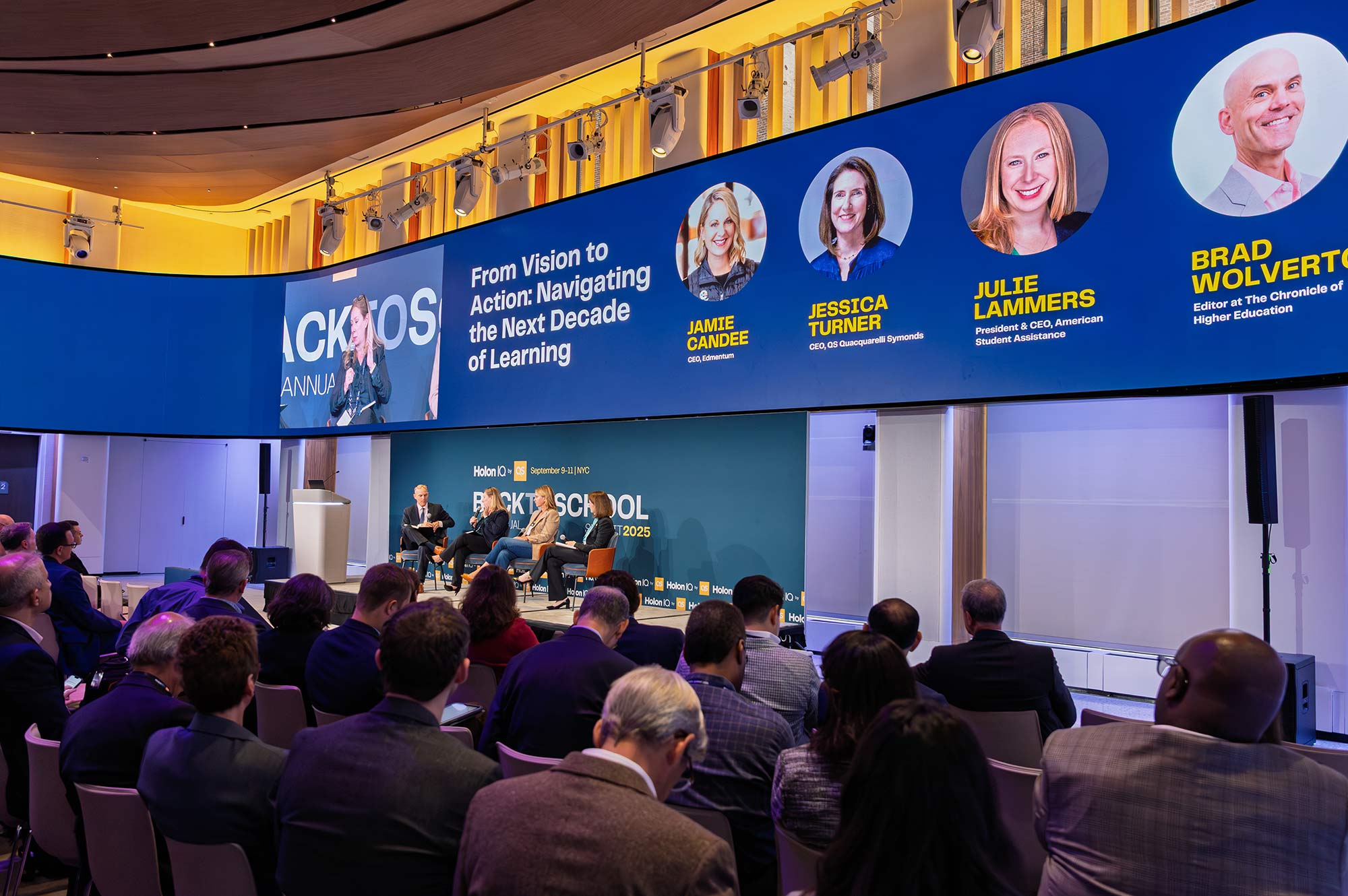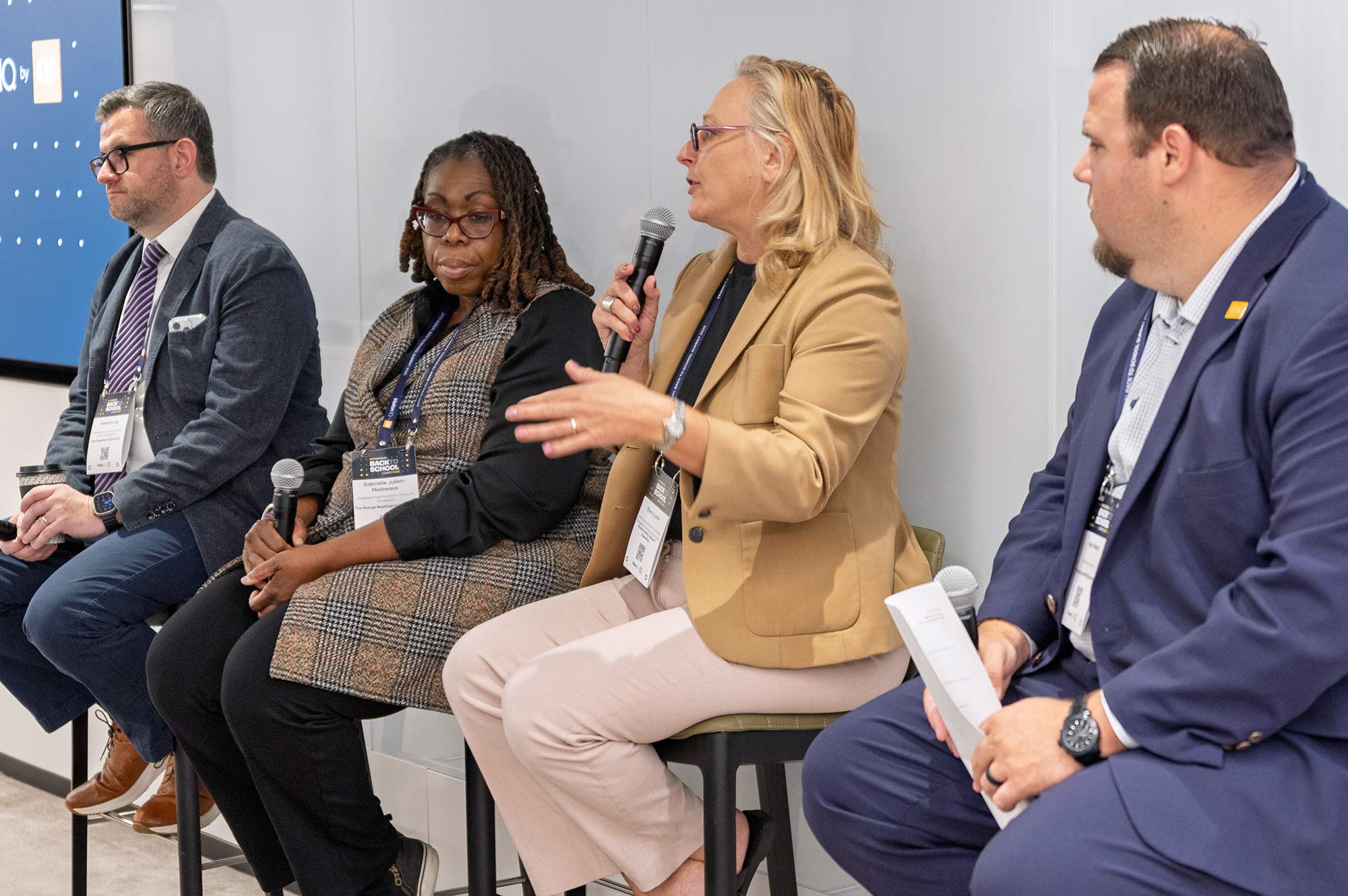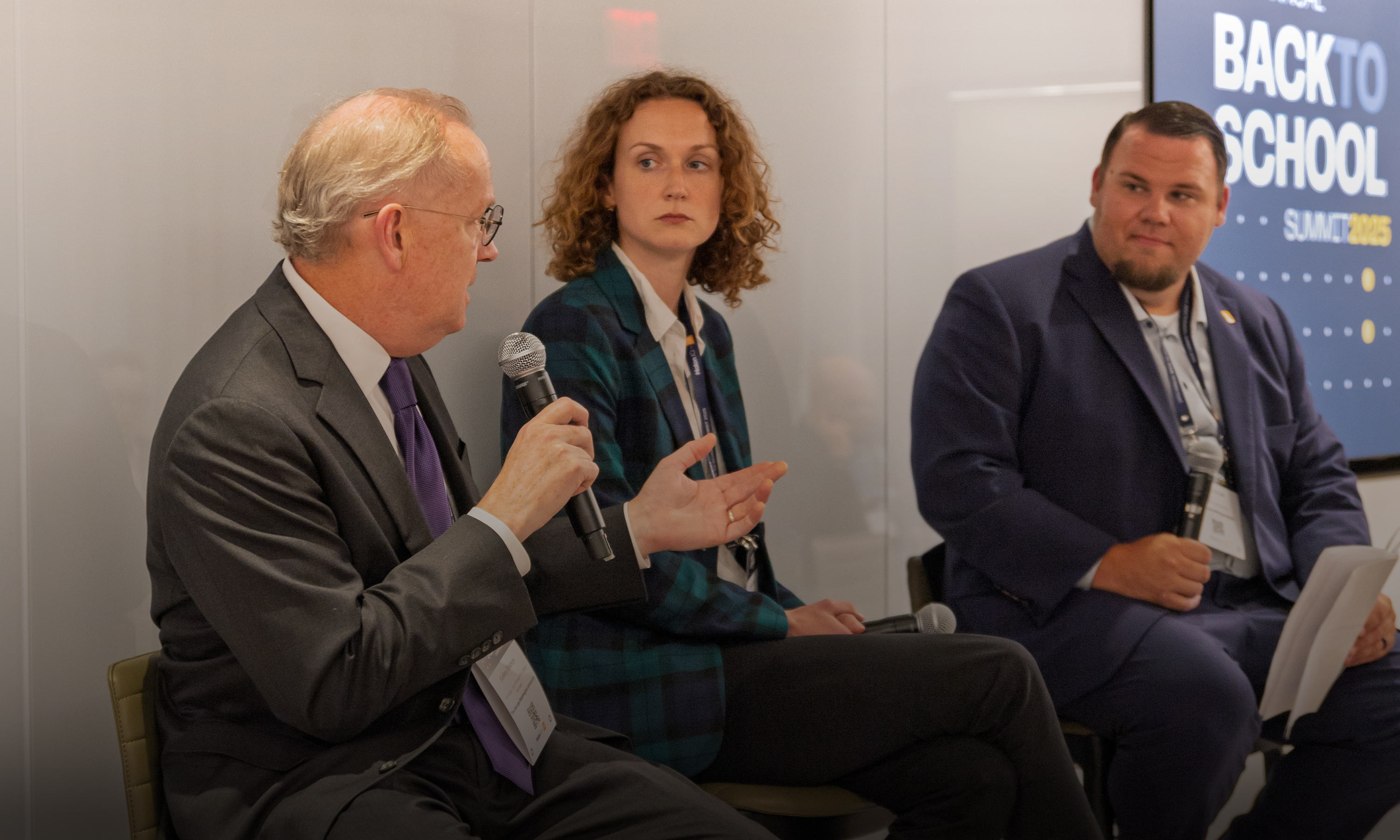British data scientist Clive Humby was the first to describe data as the new oil back in 2006, almost two decades ago. And universities, huge organisations not necessarily renowned for their ability to embrace change, have clearly caught up.
Finding new prospective students
The myth that universities are slow to adapt is certainly on show now across higher education systems around the world in the face of fast-changes in the workplace, the impact of AI and potential financial instabilities.
In the US where federal funding cuts are leaving some institutions flailing, peers in Australia, the UK and Canada are being strained as a result of caps, visa processing slowdowns or additional compliance measures.
While international student tuition fees cannot and should not be the main source of funding for universities, they can help institutions to weather the storms they are finding themselves in.
Speaking at the Back to School conference in New York in September, panellists detailed how data can be harnessed to identify prospects in a tough market.

Mapping opportunity: From countries to cities
Gabrielle Julien-Molineaux, Assistant Vice Provost for Graduate Enrollment, George Washington University, noted that more precise locations within a target country has been helping to develop further.
“We use multi-layer data… overlaying our own data with external data [such as] IIE Open Doors. [But now we are] taking that to the next level - not even just looking regionally, but looking at specific cities within countries.”
Federico Ling, Assistant Vice Chancellor of Global Enrollment Management, Northeastern University, noted that city data also helps to diversify student pipelines within specific markets.
“Our biggest markets are India and China, naturally - I think that's no different for other universities… [we need to know] not only where the students are coming from, but also where they're going. That level of granularity really gets to what might be needed from us in those markets.”
For instance, Ling noted Latin America may not necessarily be only interested in Northeastern in Miami as a result of cultural and language ties. “We use data to understand what motivates students… and when we extrapolate that to other markets, I think that's when we could have a very solid diversification strategy.”
As well as a shift to digital recruitment in the year following the pandemic, Sherry Levin, Interim Assistant Dean for Enrollment Management and Graduate Education, Drexel University, College of Engineering agreed, saying that the online operations allow teams to collect data to follow students all the way through their pipeline.
“10 years ago, if somebody talked about their students, they would have gotten it completely wrong. The way we are thinking internally about our recruitment strategy [has shifted],” Levin said.
“We’ve been able to look at some funnel data, set some benchmarks, dig down a little deeper, and… in a very deliberate way, understand who we were, then data helped us adjust our decision-making.
“We're embracing data analytics to figure out how to market and to who. In our latest phase, we're really trying to drill down and figure out how we talk to the individual who fits the profile that we know enrols.”
For Julien-Molineaux, coupling external and internal data helps George Washington University to “determine where we need to be promoting which programs”.
“But I think what's critical for us is really getting into the data to determine which programs, which markets, which countries, which cities. And then also the second part of that is incorporating not just direct marketing to direct recruiting to students, but also institution to institution recruitment as well.”

IIE’s Spring Snapshot 2025 found that among U.S. institutions anticipating declines,
87% noted visa application barriers, 71% pointed to student decisions to enrol in another country’s institutions, 69% emphasised potential problems at the U.S. port-of-entry and 68% indicated concerns about visa status while in the US.
The pressure felt by recruitment teams across the US is on top of the much talked about enrolment cliff. One estimate puts the fall in domestic 18-year-olds starting higher education by 2039 as 650,000 fewer than today – around 15% lower than current numbers.
It is rare for universities to host a majority of international students. The New York Times recently reported that international undergraduate and graduate students at Illinois Tech made up 51% of the student body. The Australian blasted the University of Sydney for having a similar student cohort for the first time in its history with the headline, ‘foreign students fill lecture rooms as elite universities rely on fees’.
It seems that some would rather see job losses and universities failing than institutions welcoming international students to campus. Despite some headlines, 79% of Americans think it’s good for US colleges and universities to accept international students.
But in this frenetic landscape, data is helping university leaders to inform strategic thinking, attract students and save jobs on campus.
Data helping with ROI and workforce outcomes
A recent study from Georgetown University’s Center on Education and the Workforce found that U.S. will be short of some five million workers requiring least some form of postsecondary education by 2032 as retirees outweigh the numbers of graduates entering the workforce, in addition to the 700,000 jobs expected to be created by then.
Northeastern provides a significant number of coops, internships and hands-on practical experiences, Ling noted.
“The data that we are looking at now is which programs have the best opportunities for students to advance in their career… prospective students are looking at that data [too].
“For example, if they go to Northeastern campus in Seattle, will that give them the best opportunities to advance, get a job, get hired or get promoted back at home?
Levin added that the “unofficial chatter from student to student” is whether the university structure supports employability upon graduation.
“We're in DC,” Julien-Molineaux continued. “And specifically, if you're, you know, a couple blocks from the State Department, a couple blocks from the White House, a couple blocks from the IMF, what does that mean?”

Predictive analytics and AI
Until now, Ling has seen AI used primarily in two ways – helping institutions to recruit students and agents operations transformed by AI.
“I think the next level, so to speak, of AI would be, how can AI help me to predict visa availability, for instance, right? So this year has been challenging. Everybody knows it. So can I use AI to predict those factors into what's going to happen in the future? So I can target those markets, those countries, or as guys are like those cities specifically?”
Julien-Molineaux and Levin both pointed to how students are utilising AI to search for opportunities.
“Students will be using AI to even identify who we are, right? And so I think how we show up in all the spaces that we don't control is going to definitely be a factor. I also think that how an institution incorporates AI into their academic curricular offerings will become an important part of the sort of skill set and just forward-thinking environment that students are looking for, right? So that will also become part of at least a question that we will get as we are, you know, recruiting,” Julien-Molineaux said.









.jpeg)









